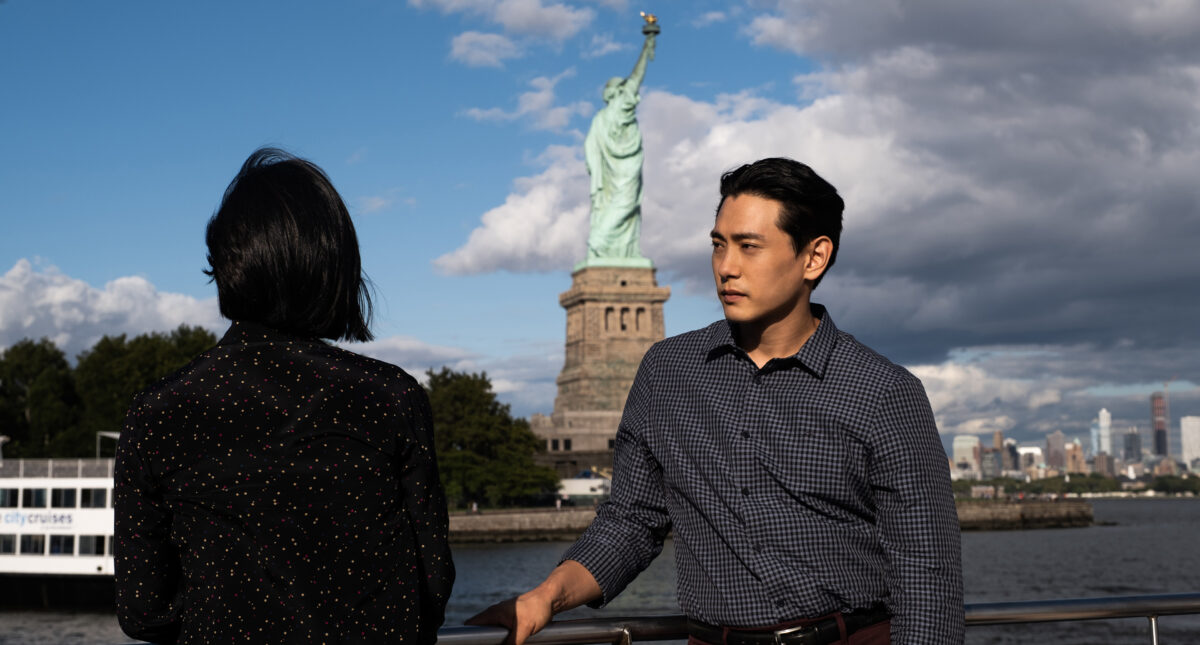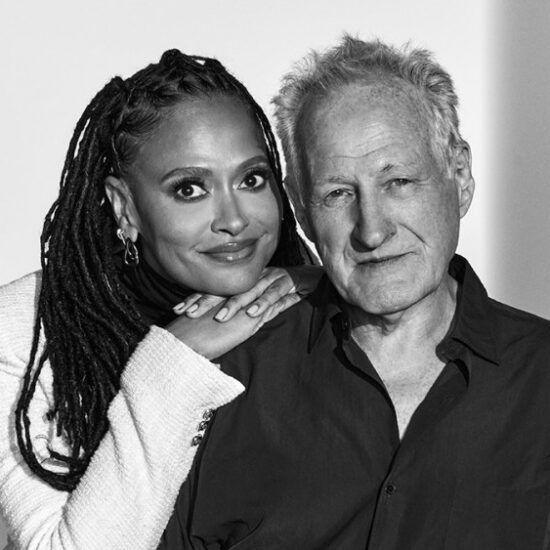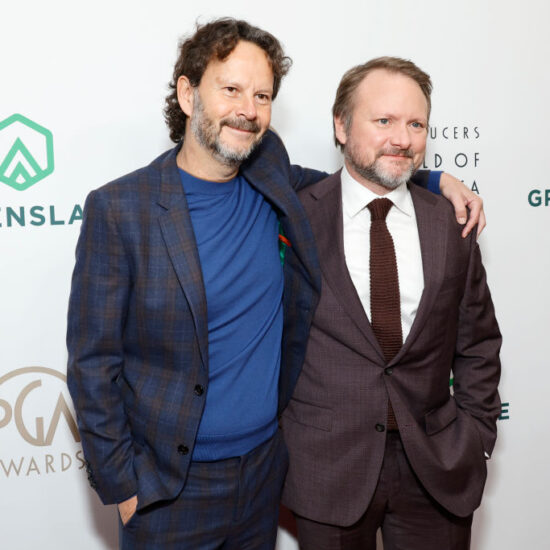
“Past Lives” opens with three people at a New York bar while the other patrons wonder who they are to each other. Celine Song’s film then spends most of its runtime unraveling that question. Nora (Greta Lee) and Hae Sung (Teo Yoo) were childhood sweethearts in Korea before Nora’s family immigrated to Canada. They reconnected online briefly in their 20s but work, ambition, and life pushed them apart.
Now they’ve met for the first time in two decades, along with Nora’s husband, Arthur (John Magaro), who could be, by his own admission, an interloper standing in the way of a star-crossed romance. But Arthur is something else entirely, and what he and Hae Sung are to each other is where the A24 film derives much of its poignancy. It’s ultimately a film about how the places we’re in shape us, and as bittersweet as it is that Hae Sung and Nora are never in the right place to be together, their connection brings Hae Sung and Arthur together.
Highlighting the magic of that connection led to Song and cinematographer Shabier Kirchner lighting the sequence between the two men like a cinematic cross between an Edward Hopper painting and an Ella Fitzgerald torch song; the romantic energy of the bar is accentuated as much by the shadows as by the warm orange lights when Nora excuses herself to use the restroom, and the two men face each other over the empty space left by the woman they both love.
“Greta Lee was in the video village while that scene was being shot. And she was like, ‘This is the hottest thing I’ve ever seen.’ And I was like, ‘Exactly,’” Song told IndieWire’s Filmmaker Toolkit podcast. Song accentuates a sense of shared respect and loss between Arthur and Hae Sung, its own kind of intimacy, through the soundtrack.
“They’re not friends. But they’re not really — you can’t really say that they’re rivals. That’s not how they’re treating each other. They’re kind of an acquaintance, but a little bit deeper than that because they both care for this woman and they know this woman differently. That’s why the song [in that scene] is John Cale’s ‘You Know More Than I Know.’” Song said. “[It’s] the perfect song for them because that’s what it is. Part of it is the mystery that they have for each other, and they’re actually making room for that mystery for each other and in each other.”
Song wrote the film in both Korean and English but acknowledged that there’s a special magic when the film lives between languages, time zones, and cities. “This movie is actually about the difference in languages, and it’s about language gap. When Arthur says, ‘Hey, nice to meet you,’ in Korean and then when Hae Sung said, ‘Hey, nice to meet you,’ in English, when that moment happens, that’s where the movie lives.”
Song uses changes in light and shot scale to reinforce, in the parlance of another deeply romantic film, that the problems of three people don’t amount to a hill of beans in this crazy world. The bar sequence between Hae Sung and Arthur is in many ways the exception that proves the rule: an intimate sequence where both men are equally matched. It is Hae Sung’s connection to Arthur, as much as his connection to Nora, that is the miracle.
Their bond is also a kind of in-yun, which doesn’t have a direct counterpart in English but captures how both special and circumstantial it is to encounter the people who affect our lives. “It’s completely magic what they’re sharing in that moment, because for some reason [they both] ended up here, and now, ‘We’re going to talk about in-yun, because that’s who we are. We are in-yun to each other and how amazing that this woman that we both love in some deep way is able to connect us,’” Song said.
Nothing is sexier than setting aside your feelings for the benefit of someone you love and someone else acknowledging that sacrifice. It’s not only why the scene is designed in the way that Song, Kirchner, and production designer Grace Yun lay it out, but it’s the final piece to understanding something important about both Arthur and Hae Sung. “To me, that’s what is so interesting about masculinity,” Song said. “The strength to set themselves aside, to care for another person, to tell the other person, ‘It’s OK. I’m OK and you’re OK and we’re good.’”













